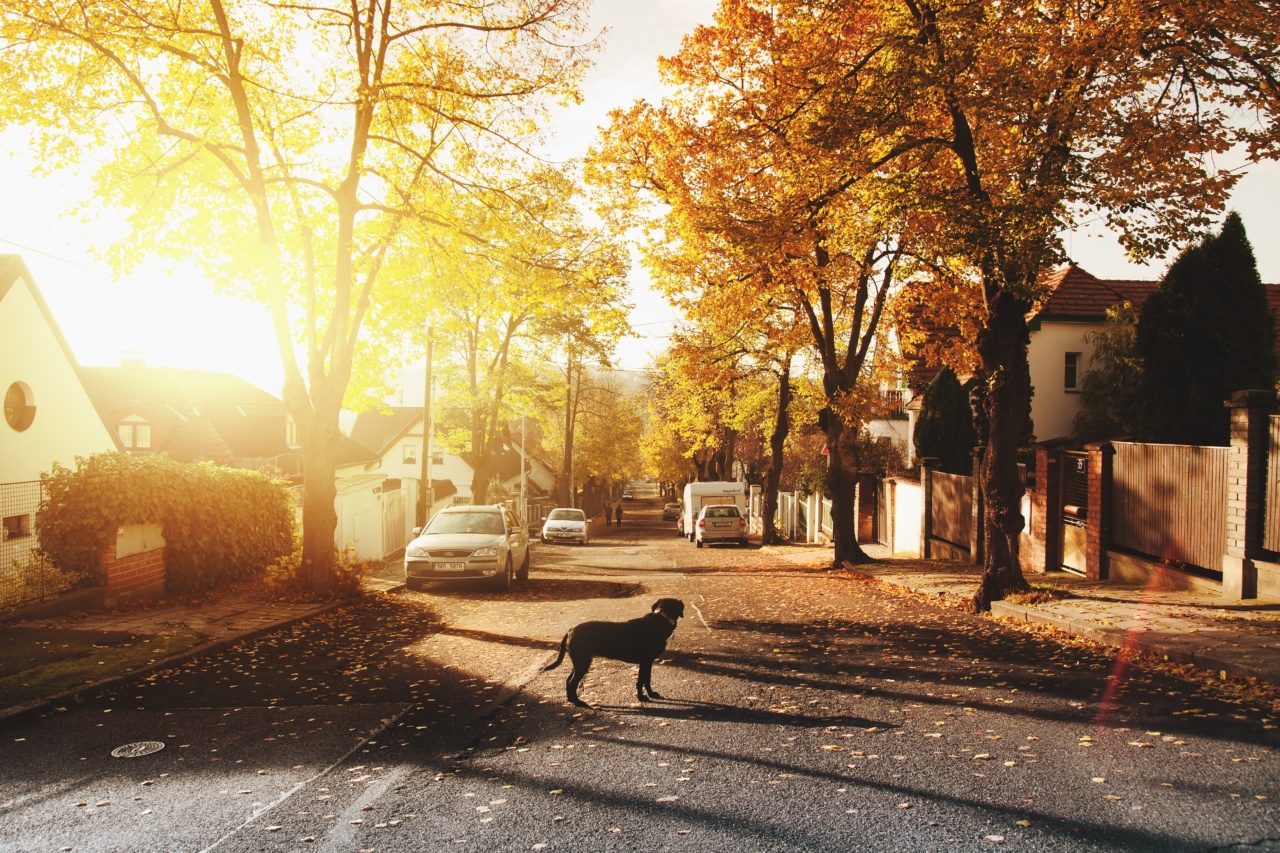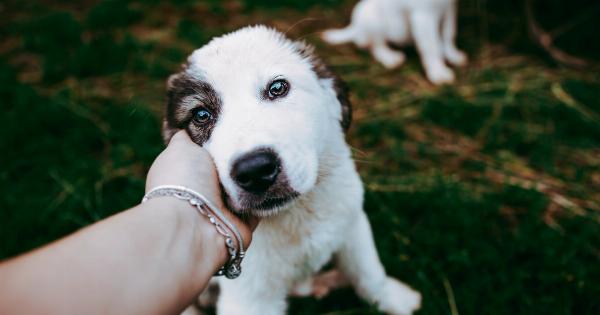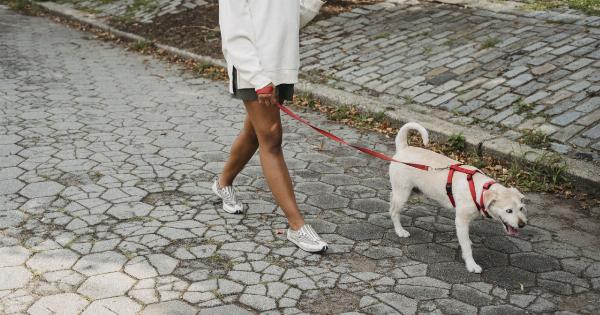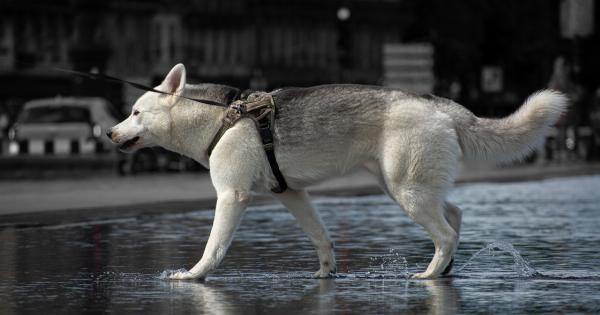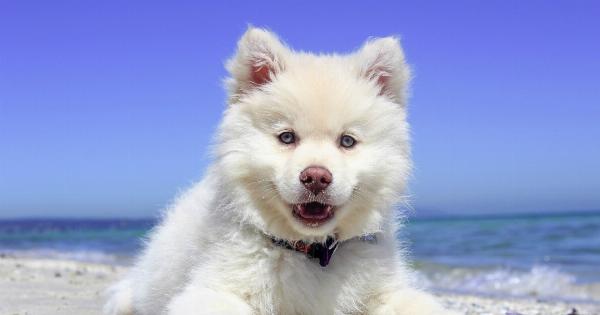Dog parks can be a fun place for your puppy to socialize with other dogs and get some exercise.
However, before you bring your new furry friend to the dog park, there are several things you should consider to ensure their safety and the safety of others.
1. Vaccinations
Before taking your puppy to the dog park, ensure that they have received all of their required vaccinations. This will protect them from potential illnesses that may be present in the dog park.
Vaccinations such as rabies, bordetella, and distemper are essential for your puppy’s health and well-being.
2. Age and Size Restrictions
Most dog parks have age and size restrictions for safety reasons. Puppies under four months old are usually not allowed, as they are more susceptible to diseases and infections.
Some dog parks also have size restrictions to ensure that smaller dogs are not injured by larger dogs. Be sure to check the rules of the park you plan to visit and make sure your puppy meets the requirements.
3. Temperament and Socialization
Some puppies may not be suited for a dog park environment. If your puppy is shy or fearful around other dogs, it may not be ready for a dog park.
Socialization is important for puppies, but it should be done gradually and in a safe and controlled environment. Take your puppy to a puppy playtime or socialization class before bringing it to a dog park.
4. Leash Laws
Most dog parks require dogs to be off-leash once inside the park. Make sure that your puppy is comfortable off-leash before bringing it to the park. Also, check the leash laws in your city or state to make sure that you are complying with them.
Your puppy should be trained in basic obedience and commands before visiting a dog park.
5. Health and Hygiene
Before visiting a dog park, ensure that your puppy is healthy and free from any contagious illnesses or parasites. Keep your puppy clean and groomed to prevent the spread of fleas and ticks.
Always bring water, poop bags, and disinfectant wipes to clean up after your puppy.
6. Supervision
Your puppy should be supervised at all times while in the dog park. Keep an eye on your puppy to make sure it is safe and not getting into any trouble. Always be ready to intervene if your puppy gets into a fight or becomes aggressive.
Know the signs of aggression and stop any behavior that could lead to fights.
7. Be considerate of others
Remember that you are not the only one using the dog park. Be considerate of other owners and their dogs. Respect the rules of the park and clean up after your puppy.
If your puppy is not getting along with other dogs or is being aggressive, it’s best to leave the park.
8. Training
Before bringing your puppy to the dog park, ensure that it is trained in basic obedience and commands, such as “sit,” “stay,” and “come.” This will make it easier to control your puppy and prevent any unwanted behavior. Also, teach your puppy to respect other dogs and their space. This will help prevent fights and injuries.
9. Time of day
Choose the right time of day to visit the dog park. Avoid peak hours when the park is crowded, as this can be overwhelming for your puppy. Also, avoid visiting the park during extreme weather conditions, such as heat waves or thunderstorms.
10. Your puppy’s personality
Finally, consider your puppy’s personality before bringing it to the dog park. Some puppies may be more suited for the dog park than others. If your puppy is high energy and loves to play with other dogs, it may enjoy the dog park.
However, if your puppy is shy or nervous, it may not enjoy the dog park and may prefer a quieter environment.
By considering these factors before taking your puppy to the dog park, you can ensure a safe and enjoyable experience for your furry friend.
